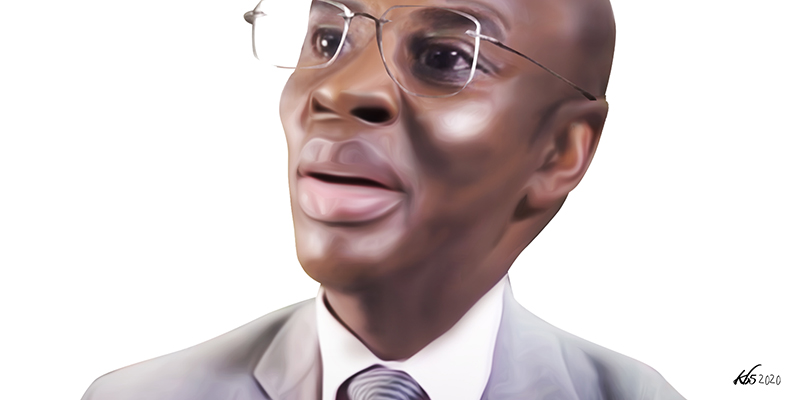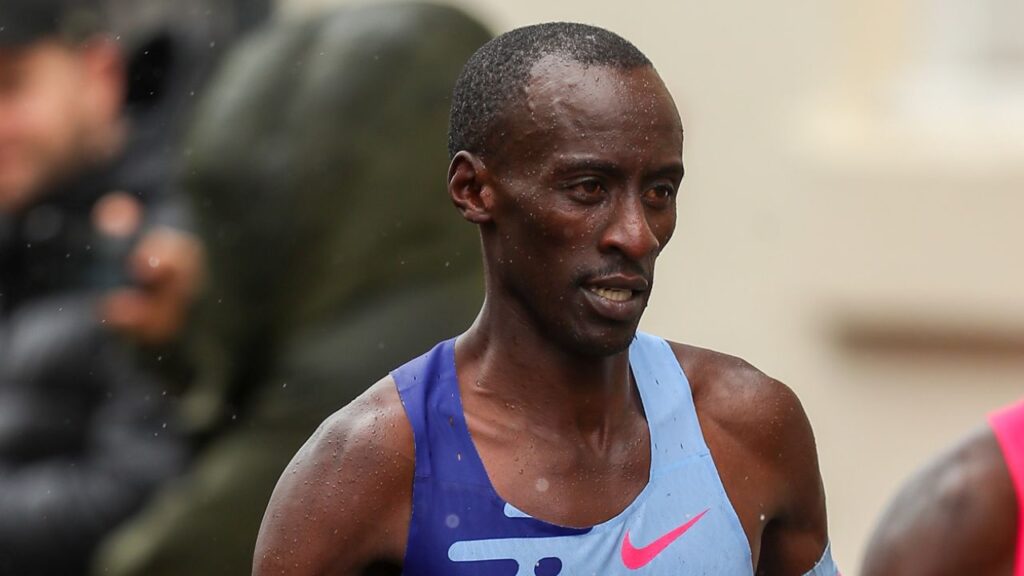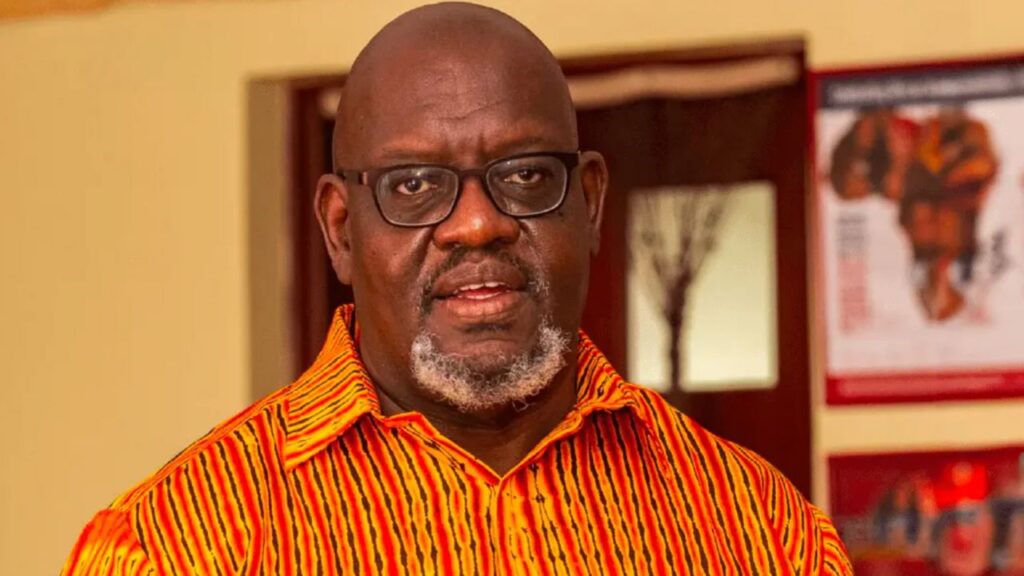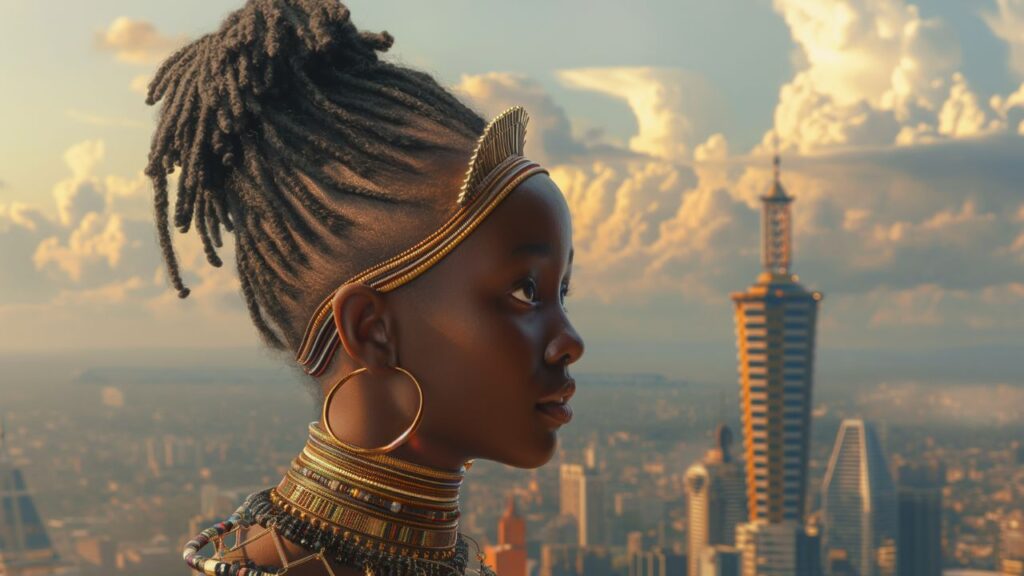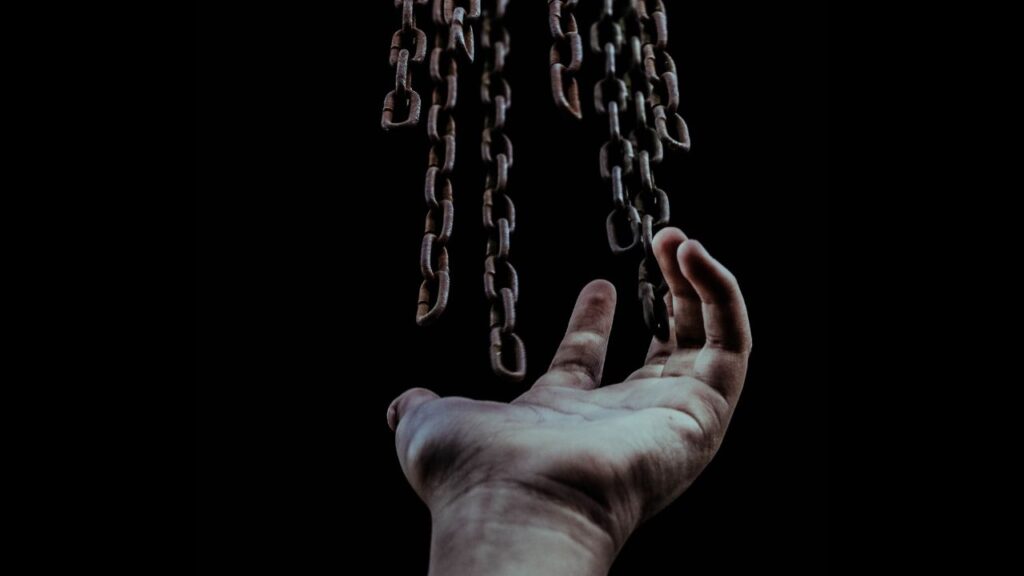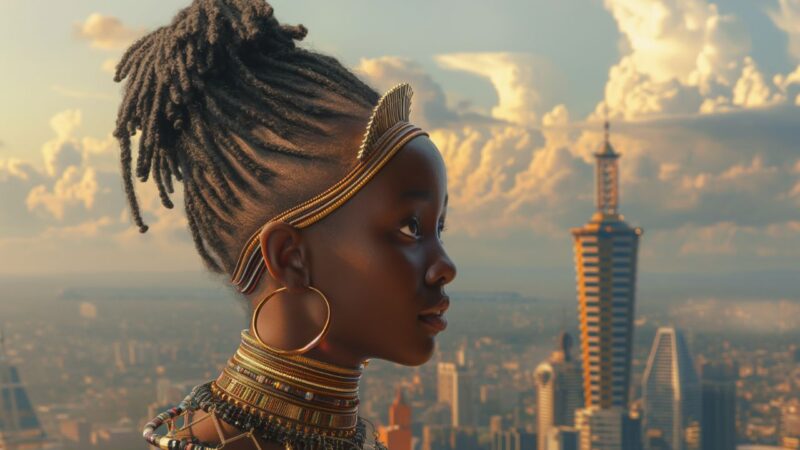“This is the power of creative writing – that it gives you the power to imagine beyond the ordinary. You could be writing about Nairobi, but reimagine it – it even could be a Nairobi that is hanging in the clouds!”
This is how Prof. Ken Walibora responded to a question on how writers can apply imagination when creating works of fiction. The year was 2014 and we were at Daystar University’s Valley Road Campus for the opening ceremony of the Creatives Academy, a 13-week creative writing course that Dr. Wandia Njoya and I had conceptualised. Alongside Ken were other writers, including Ng’ang’a Mbugua, Muthoni Likimani and Kap Kirwok.
That was an eye-opening moment for me and for many budding writers in the house. His words then, and many others that he would share with me over the next few years, would help to mould me into the writer and person that I have become. He gave credence to the oft-quoted words, “If I have seen farther it is by standing on the shoulders of giants.” Ken is one of the giants on whose shoulders I have stood.
I started my day on April 15th fighting people who were spreading rumours about Ken Walibora’s death. How can he die? And even as I tried reaching him, and my Whatsapp message hung on a single grey tick, I could not stop the cloud of trepidation that loomed large over the day.
Like many others who are my age, I was first introduced to Ken through his work as a writer and newscaster. His time as a newscaster, together with Swaleh Mdoe, revolutionised Kiswahili news reading. He would pause in between sentences, lending gravitas to his every pronouncement.
The first time I met him in person was at the Acacia Publishers offices around 2003. I was an intern there, serving as an editorial assistant. I was poring through a manuscript and, suddenly, there he was, walking towards me in an immaculate shiny grey suit. He smiled and nodded at me, then turned towards publisher Jimmi Makotsi’s office. I was, as you would expect, frozen in the moment, unable to acknowledge his greeting. Still, being in the presence of such a man did wonders for my morale, and my resolve to be a successful writer – if only to afford such a magnificent suit myself.
It ten years before we would meet again. In between, we exchanged emails – mostly from me “shooting my shot” by pitching my novel, The Last Villains of Molo. He was extremely measured in his comments. For instance, I once asked him, in response to his critique of KW Wamitila’s book, whether African writing was apolitical, and he responded:
“My conception of politics is very broad. In my view politics is ubiquitous and affects and afflicts everyone and everything. In that sense even romance is political. Think about Romeo and Juliet and how behind the tragic love affair there is a bitter family feud (read politics). So you cannot afford to be apolitical. It is impossible in my conception of politics in terms of power relations. Of course I stand to be corrected.”
The Kenyan literary scene is dominated by two camps. On the one side, we have the old guard who deal with coloniality of power – those who feel that African literature is defined by the works of Ngugi wa Thiong’ó and Chinua Achebe and who have no love for the newcomers. On the other side, we have the Kwani? Generation of contemporary African fiction that came to challenge the status quo. In between lie the rest of us – who do not fit in either of the two camps.
It was in trying to bring together all these groups that my path and Ken’s merged when he came back to Kenya from the USA. We had a chance meeting and I outlined some of my plans. He helped me articulate and refine what I wanted to do, and in 2013, thirteen authors across the literature divide came together at The Junction mall in Nairobi for the first meet-and-greet, dubbed the “Authors Buffet”. Some of the notable participants were the late Binyavanga Wainaina, John Sibi-Okumu, Stanley Gazemba and Muthoni Likimani.
Ken kept me accountable, and kept on asking: “What next? Getting authors together for a day is good, but is it good enough?” He did his prodding in his characteristically soft but very deliberate tone, telling me I had no option but to do better.
In 2014 we teamed up with Daystar University for the Creative Academy. The idea was to build a course designed for writers by writers. Ken’s topics at the class were always insightful and brilliant. He was unapologetic in his fight for the adoption of Kiswahili literature in all classrooms and lecture halls.
His own story gave hope to a lot of budding writers. Like many other writers, he faced rejection – his book, Siku Njema, was rejected twice because publishers did not want to bet resources on an unknown name. It was published after a ten-year wait, and ended up being used in the school curriculum from 1998 to 2003 and later at A-level in Uganda.
This opened the floodgates of success. In the Ugandan curriculum, it was replaced by his other novel, Kufa Kuzikana. His other work that have been included in the curriculum are: Damu Nyeusi na Hadithi Zingine (a collection of short stories co-edited with Said A. Mohamed), and Kidagaa Kimemwozea. If you asked him how many copies of his books he had sold, he would reply with a wry smile and say, “Nyingi” (many).
Yet, to try and limit Ken Walibora’s achievements to Kiswahili literature is to do injustice to the man’s intellect.
It is very hard to box Ken Walibora into a genre – he had mastery in Kiswahili and English writing, and was equally at ease with fiction and non-fiction critical essays. The professor, armed with a first-class Bachelor of Arts degree in Literature and Swahili Studies from the University of Nairobi, dedicated a lot of time in exploring interests as diverse as the Kiswahili language and literature, translation studies, cultural theory and trauma theory.
Ken had a personal investment in the study of narratives of political imprisonment and prison literature. His book, Narrating Prison Experience and Human Rights: Self, Society, and Political Incarceration in Africa, was the product of close to ten years of engagement with narratives of political incarceration, “an engagement that blossomed particularly since my graduate school days at the Ohio State University”.
Some of the lectures he gave included titles such as “The quest for the right to being and becoming human in prison poetry” and “Making a case for the oral prison narrative”.
He examined the interplay between incarceration and the female condition, focusing on Kenyan freedom fighter Wambui Otieno’s narrative in Mau Mau’s Daughter (1998). He studied the prison poetry of Abdilatif Abdalla, who penned his collection of poems, Sauti ya Dhiki, while serving a prison term for sedition during the Jomo Kenyatta regime.
Reflecting on his stint at the state-owned Kenya Broadcasting Corporation, where he could only tell the government’s side of the story and knew better than to attempt to talk about the country’s human rights record, Ken posited that his work in analysing prison literature was in atonement of “earlier sins of omission”.
Ken was passionate about looking out for other writers. Once, I told him about a TV appearance I had made and he asked me if I had referred another writer to the producer. “You cannot appear on TV as a guest writer every day, but the TV station can host a writer every day.” This sentiment carried even more weight, as it was delivered in Ken’s Kiswahili sanifu.
He never missed a book launch or literary event – and whenever he was in attendance, he was fully present, his finger on his chin. His challenge to me is the reason why I appear alongside authors who only write in Kiswahili at the annual Tamasha la Kiswahili (Kiswahili Festival). Our last meeting would have been at Riara School’s Book Week finale, at which we were to be co-chief guests. But I missed it because I was travelling out of the country the next day. I shall always regret that.
Now that he is gone, I am reflecting on how Ken easily morphed from a childhood hero to an acquaintance to a friend – from “Prof” to “Kaka”. He never used our age gap to lord it over me – giving me a great opportunity to reverse-mentor him. He was quick to act on advice and did not shy away from seeking help. For example, when he complained that there wasn’t a central source of information about him and I recommended that he should have a website, we had kenwalibora.co.ke up in a week.
One of the things he insisted on having on the website were the words of Martin Luther King Jr.: “I have decided to stick with love. Hate is too great a burden to bear.”
His profile on the site describes him perfectly:
“First and foremost, I see myself as a creative writer, then a literary and cultural studies scholar and lastly as a Kiswahili media expert. Kiswahili is my language of choice in writing creative works, although some of my critical and academic engagements are necessarily in English. If I had all the time in the world, I would be writing and reading Great Books only, of which the Bible is foremost. I am an avid reader and good keen observer and patient listener.”
Ken was one of the first people I told about my relocation from Kenya, and his response, in addition to “Hongera!”, was, “Go out there, learn all you can, then come back and make us better.”
And once again, the bane of procrastination has come to hit us hard. There were dozens of things that we had planned to do: a literary caravan with Longhorn Publishers, featuring writers and their set books; a Kiswahili Literature podcast; and an online Creatives’ Academy course.
We had talked about translating each other’s work into Kiswahili and English. In the spirit of “wacha tutaongea” (we shall talk more), this will now not come to pass. He had challenged me to match his collection of 40-plus books so that we can be even enough to do the collaborative translations – which was going to be hard because he would not agree to pause his own writing to allow me to catch up!
But it was not all chit chat for Ken. He had a keen interest in translating African literature. “Africa, the world’s second largest continent, speaks over 2,000 languages, but rarely translates itself,” he moaned in the opening statement of his critique of Kahaso and Mbwele’s Swahili translation of Ferdinand Oyono’s Houseboy. Aside from the translation of his award-winning Ndoto ya America, he worked on Kiswahili translations of Rayda Jacob’s Guilt (Hisia za Hatia), Jane Katvivi’s White Hands (Mikono Myeupe) and Stanley Onjezani Kenani’s Retraction (Kughairi Nia).
He was also involved in the Kiswahili translation of annual reports for Nation Media Group and Kenya Airways, and most importantly, the Kiswahili translation of Kenya’s draft constitution serialised in the Taifa Leo in 2003.
The professor leaves us with a massive collection of work. One of his recent pieces is a play, Mbaya Wetu, which is a critical look at society and how we are keen to strongly support people from our own community who we know are evil. As we go into 2022 and the attendant politics, it would be a worthwhile read.
Ken opined about his life and work in a poignant 2018 interview and left us with this simple advice:
“…to any one aspiring to write, I would say write in the language of your heart, the language that flows freely for you.”
We should not let the memory of Prof. Ken Walibora fade away. Talk is ongoing to establish a Ken Walibora Literary Award, which we are willing to support to the best of our ability. I will also challenge my author friends to come together for another edition of the Creatives’ Academy’ in his honour.
Rest easy, Kaka. You came, you saw, you conquered.
From the outpouring of grief that we have seen since his passing, I can tell you, Ken, that you were wrong in the dedication in your book to your “daughter Katila for being the one who will cry when I die”. A lot of us are crying, Kaka.
“Like all humans I make mistakes from time to time, I regret them, and I apologize, but most importantly, I learn from them and move on. I strive to attain more humility in all spheres of my life in good times and bad times, and to always avoid being prejudicial and celebrating another person’s crisis or calamity. I want to appreciate people more and not to judge them harshly by relying on one-sided sources.” – Ken Walibora

